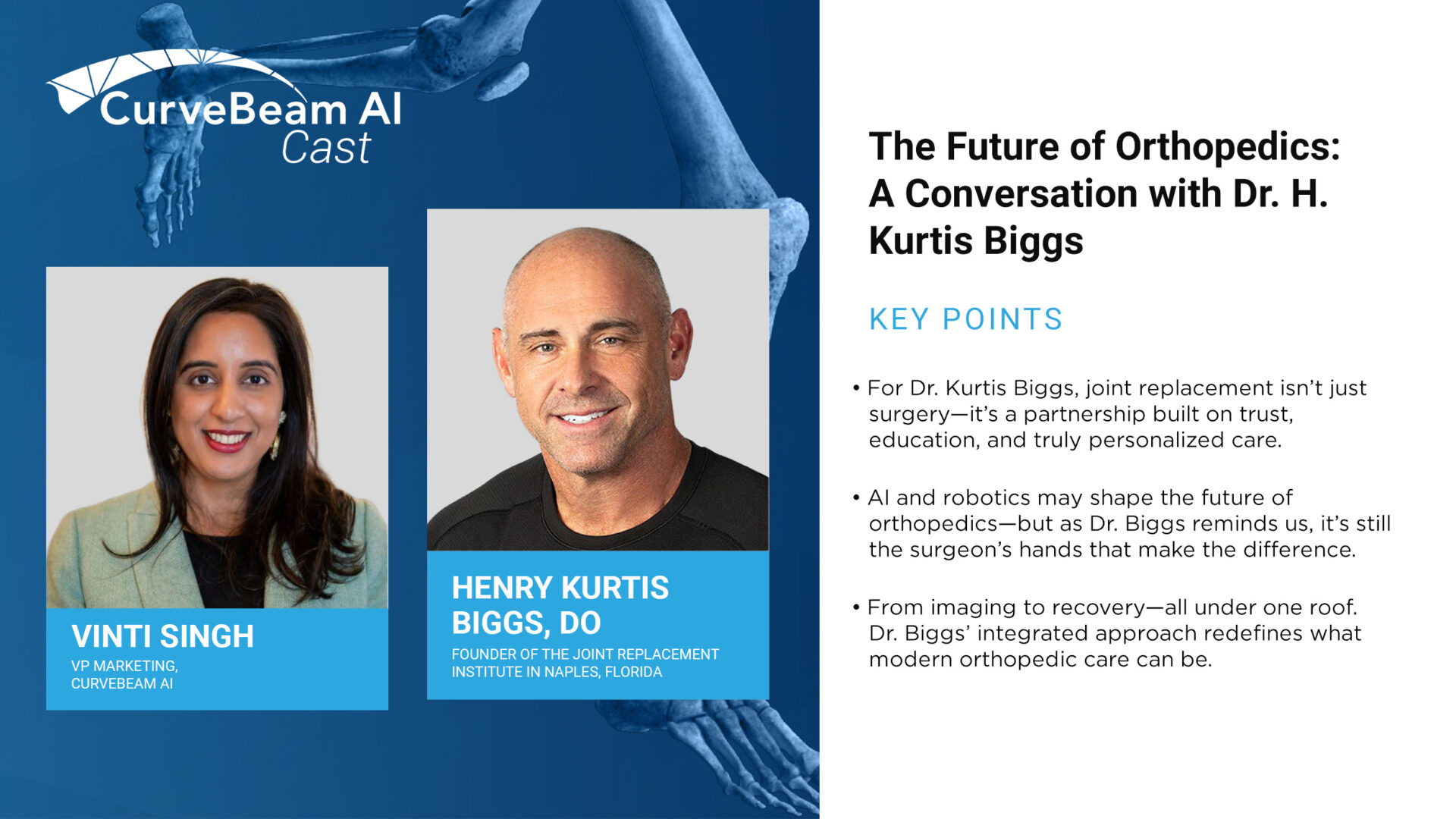In a recent episode of CurveBeam AI Connect, Vice President of Marketing Vinti Singh spoke…

High Resolution Imaging

pedCAT scans give you one of the highest resolution views of the foot and ankle available.
And those high resolution views are infinite – physicians can view the foot and ankle from the axial, coronal and sagittal planes by scrolling through .5 mm slices. The average medical CT slice, in comparison, is about 1 mm – 5 mm thick.
Plus, a pedCAT scan is high resolution from every dimension. To understand what that means, here’s a crash course in 3D imaging: Just like a photo is made up of two-dimensional pixels, a foot scan is made up of three-dimensional voxels. Think of a Rubik’s Cube that’s made up of millions of microscopic mini cubes. Because the voxels are uniform, or isotropic, a pedCAT scan is the same high resolution in all planes.
A medical CT , meanwhile, is often anisotropic. Imagine that same Rubik’s Cube, but this time made up of microscopic rectangular bricks. A typical medical CT image may only be high resolution in one dimension. The other two dimensions will be relatively blurry. The degree of blurriness will depend on the voxel thickness.
If your practice or medical facility prefers not to settle for anything less than the best, it’s time to consider a pedCAT.




